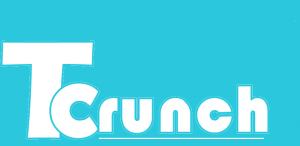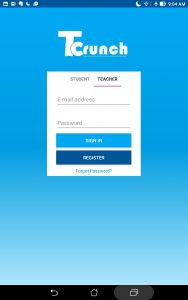Last week I attended the CUE2 Symposium held here on the Homewood Campus of Johns Hopkins University. CUE2 stands for the Second Commission on Undergraduate Education. The first CUE was formed in 2002 “…to identify the core values that should characterize the undergraduate experience of our students.” The charge of the second commission “… is to interpret the mission of an undergraduate education in the 21st century and develop a new model that will serve us for the next decade or more.” In fulfilling that charge, CUE2 leaders have invited noted thinkers and innovators in undergraduate education to campus to address these issues. Three speakers addressed us last week, Edward B. Burger, President, Southwestern University, Randy Bass, Vice Provost for Education and Professor of English at Georgetown University, and Steven Mintz, Professor of History at University of Texas, Austin and founding director of The University of Texas System’s Institute for Transformational Learning.
All three had interesting things to say about transforming undergraduate education, but I found Edward Burger’s remarks to be particularly intriguing.
 Burger is the co-author of a book, The Five Elements of Effective Thinking, with Michael Starbird [Princeton University Press, 2012]. Burger and Starbird describe five elements that characterize effective thinking: understanding deeply, failing in order to succeed, raising questions, seeing the flow of ideas, and engaging change. A review of the book on Farnam Street Blog summarizes the elements. The book is a quick read and one that I think instructors will find valuable in thinking at a high level about learning and teaching. The chapter on how mistakes can ignite insight, along with Burger’s remarks at the symposium on effective failure, struck a chord.
Burger is the co-author of a book, The Five Elements of Effective Thinking, with Michael Starbird [Princeton University Press, 2012]. Burger and Starbird describe five elements that characterize effective thinking: understanding deeply, failing in order to succeed, raising questions, seeing the flow of ideas, and engaging change. A review of the book on Farnam Street Blog summarizes the elements. The book is a quick read and one that I think instructors will find valuable in thinking at a high level about learning and teaching. The chapter on how mistakes can ignite insight, along with Burger’s remarks at the symposium on effective failure, struck a chord.
Last summer The Innovative Instructor featured two posts on successful failure, When Failure is a Good Thing (July 14, 2017) and How Pretesting Can Help Your Students Fail Well (July 18, 2017. The first post discussed a program at Smith College that encourages students to understand the value of failure as a learning tool, the second offered a practical means, pre-testing, for instructors to use failure as an instructional strategy.
Burger maintains that effective failure is key to successful learning. It’s what you do after you make a mistake that informs your understanding. If a student receives an 80% on a test, does s/he think that is an adequate grade and move on or does the student take a careful look at what questions were answered incorrectly and seek to understand the topic? Burger characterizes acceptance of the 80% grade without further refelction as “ineffective failure.”
In Burger’s math courses, 5% of a student’s grade is based on effective failure; in order to get an A, students must first fail. Taking this approach opens students to taking risks and learning from their mistakes. When a student answers a question in class incorrectly, the instructor should ask, “Why is this wrong?” Let the students be the teachers and transform the failure into moving thinking and understanding forward. Burger maintains that “every mistake is a teacher and holds a lesson.” [The Five Elements of Effective Thinking, p. 50].
Burger summarizes the concept of making mistakes: “Fail to succeed. Intentionally get it wrong to inevitably get it even more right. Mistakes are great teachers — they highlight unforeseen opportunities and holes in your understanding. They also show you which way to turn next, and they ignite your imagination.” [p. 6].
These are valuable strategies for students and instructors alike.
Macie Hall, Senior Instructional Designer
Center for Educational Resources
Image Source: Pixabay.com

 In order to keep the readers of The Innovative Instructor informed, I follow a number of blogs and read a lot of books and articles on pedagogy and instruction in higher education. Recently I became aware of a new-to-me resource that I’d like to share, the STEM|PROF weekly newsletter.
In order to keep the readers of The Innovative Instructor informed, I follow a number of blogs and read a lot of books and articles on pedagogy and instruction in higher education. Recently I became aware of a new-to-me resource that I’d like to share, the STEM|PROF weekly newsletter.

